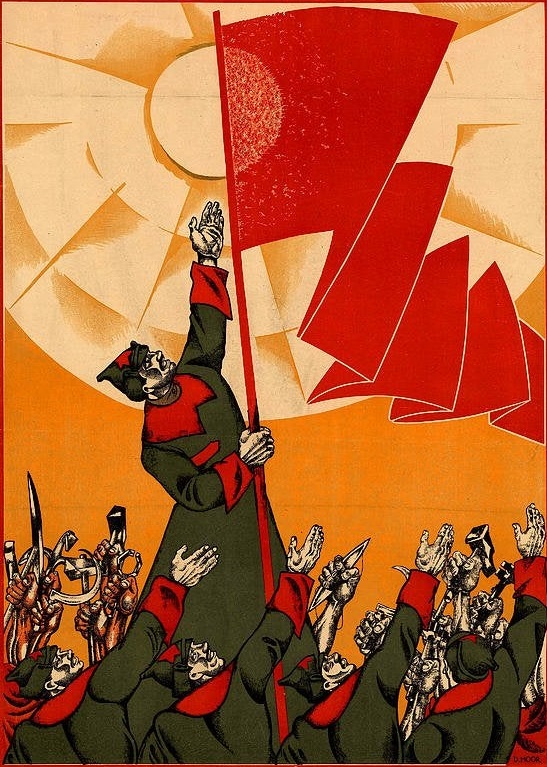Love it! Only criticism would be to have service providers like banks, markets, grocers, etc on the first floor or two of the buildings which could reduce driving, reduce burdens on mass transit, and provide walkability.
Soviets were building such districts always to contain all immediate daily needs. There would be shops, clinic, school, services etc. exactly for the reasons you stated. This particular one is not a soviet but newer Russian but i would expect there’s a lot of place for shops and service providers at the ground floor. Unfortunately something might be missing since the allocation is probably solely according to market.
Oddly satisfying
Even more satisfying for the formerly homeless or destitute villagers living in hovels that were given units in these blocks.
What time were these built? They are quite tall and colorful so I don’t think they were during Khrushchev’s era
According to urbanhell post it’s around 2018 so pretty new. No link though, but this don’t look like typical soviet district, the buildings are too dense.
The high density unfortunately ruins the intial design intent of the Soviet microdistrict urban planning model. It’s supposed to be spacious and interspersed with parks and trees. Russia is big enough that they didn’t have to economize on space like this, unless it was built right in the middle of a city.
I don’t think so, Stavropol isn’t smallest of cities, it’s around 450000 people, but it’s on the open terrain, there’s a lot of place there. The picture is apparently a bit misleading though, at the ground level it looks much better and less dense according to the same posts.
That’s interesting. The fact that capitalist developers are still building using the commieblock urban format nowadays proves how practical and functional it is.
Yes, even in Poland, where commieblock are constantly slandered in all media there are still new ones being build - albeit not in big numbers, and as an expesive condo blocks (oh the irony) for smaller burgies and bank slaves.



